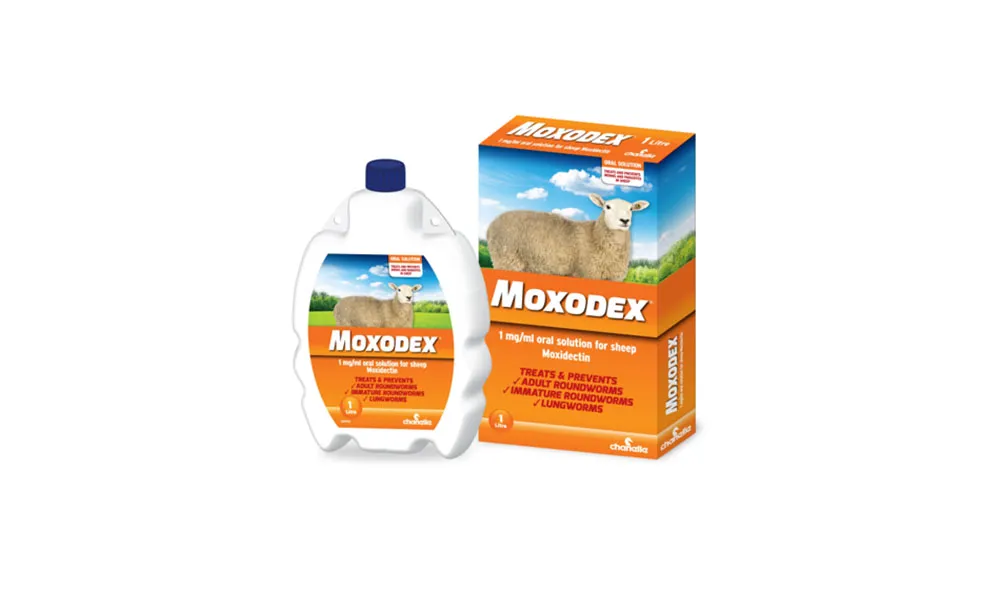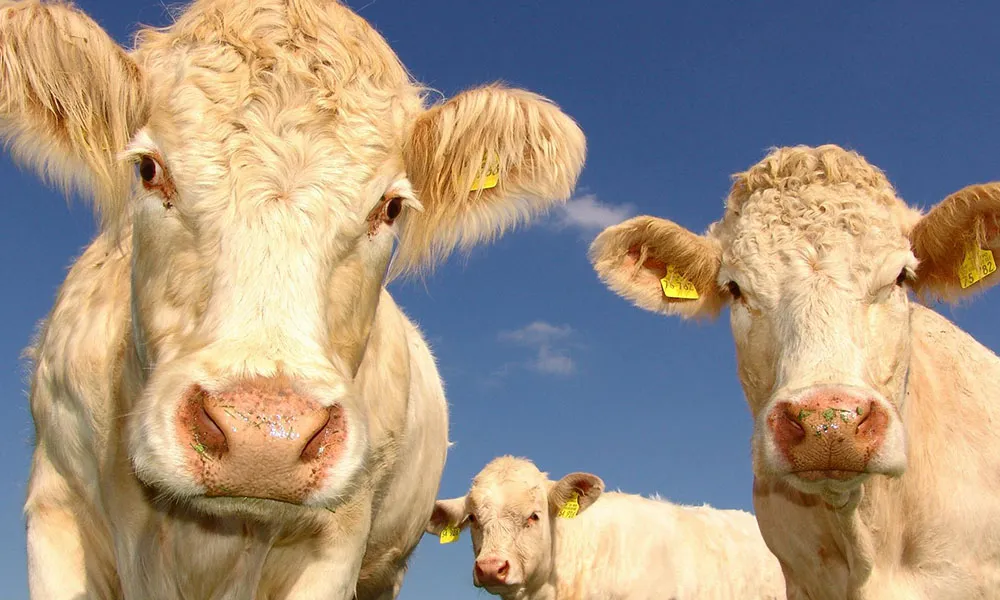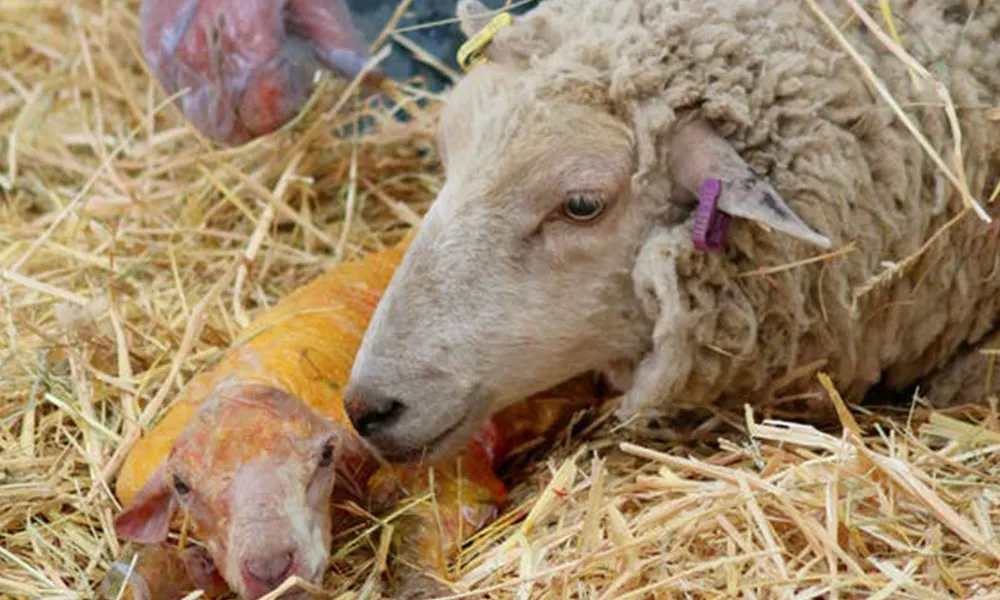
Climate Change Challenges
The challenges that climate change will pose to the agricultural sector over the coming decades are generally well documented. The science suggests that, as weather patterns become more volatile and extreme weather events increase in frequency and severity, food production systems will come under considerable pressure.
While Ireland has not experienced disasters on the scale of the catastrophic droughts that Mediterranean farmers have suffered over the last few years, the increased levels of summer rainfall in recent times have wreaked havoc on crop production in some parts of the country.
New Study
All of this has been forecast for some time, and many farmers are already altering their production systems to survive in more volatile climatic conditions.
However, a new study indicates that sheep farmers, in particular, can expect to face an additional challenge. A recent report published by the Agri-Food and Biosciences Institute found that rates of Haemonchosis in sheep could surge in Ireland and parts of the UK as a result of climate change.
What is Haemonchosis?
Haemonchosis is infection with the Haemonchus contortus worm, sometimes called the Barber’s Pole worm. This parasite lives in the abomasum of infected sheep, where it feeds on blood through the wall of the stomach.
Haemonchosis can affect sheep of any age, although lambs are especially vulnerable. Clinical signs of disease vary in severity, depending on the number of parasites active in the stomach. Acute disease is usually accompanied by symptoms of lethargy, anaemia and physical weakness culminating in collapse and death. However, milder symptoms of chronic infection include mild anaemia, bottle jaw and lack of thrive.
Haemonchosis and Climate Change
The report in question argues that climate change-related increases in heat and rainfall will create the ideal conditions for Haemonchus contortus to proliferate. Until now, large-scale outbreaks of Haemonchosis in this part of the world have typically been seasonal and occurred only during very wet summers. This is because the larvae of the worm – which hatches and matures on faeces before migrating to grass – require high humidity levels to hatch and mature.
One likely effect of climate change in this part of the world, however, is high humidity levels all year round. This would dramatically increase the risk period for Haemonchosis.
Treating Haemonchosis
Haemonchosis may be identified in your flock by conducting a faecal egg count.
The usual treatment for the disease is a benzimidazole drench such as albendazole. However, with anthelminthic resistance becoming an issue in Ireland, some believe that white drenches are proving less effective against Haemonchus contortus. If treatment with benzimidazole products proves ineffective, you should consider administering moxidectin in conjunction with a tonic rich in iron.












